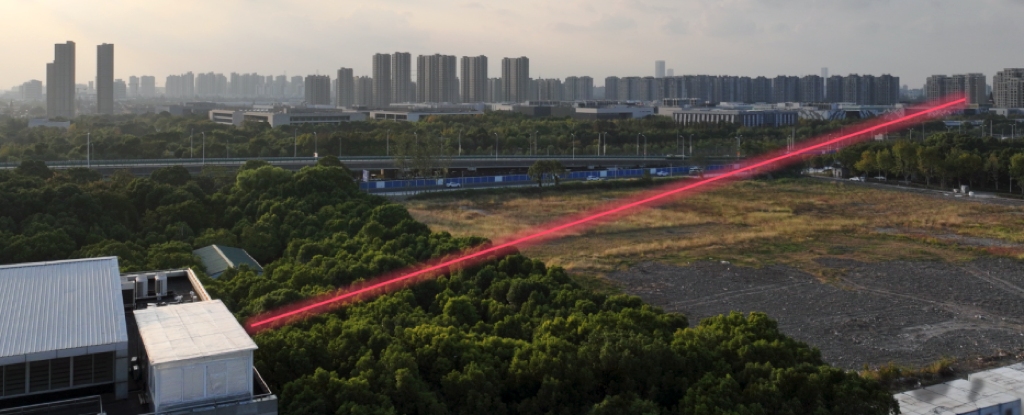Spring 2025
Icon't Believe It
After reading an excellent blog post about the intended use cases for moricons.dll in Windows 3.1, it seemed pertinent to spread some further love for these little images. I'm almost ashamed to say it, but I was quite preoccupied by icons in the late 1990:s. Back then I was a pimply-faced nerd (nowadays I'm just a nerd), and having a cool desktop garnered substantial street cred among The Right People (other pimply-faced nerds). In short, I was always on the hunt for a cool set of icons.
Today, icons seem to be mostly ultra-stylized geometrical shapes in ultra-corporate shades of blue. Unless - despite cheap and effortless 24-bit display capabilities - they're completely monochrome, thus harking back to the good old days of black and white X terminals.

Icons used in the WISh2 Motif desktop on Atari Unix.
It would, however, be wrong to claim that all icons were better in the past. Some were hideous abominations and should never have seen the light of day. Others were just... uninspired.
It would also be impossible to cover all GUI systems through the ages and their icons, but I think some deserve a bit of extra attention - such as...
Xerox Star
The first commercial desktop environment had clean, simple and appealing monochrome icons. Nothing special today, but of course truly innovative at its time of release in 1982. The biggest difference from modern icons, four decades later, is that the Star displayed folder and file names inside the icons. Apple's Lisa, released the year after, instead opted for below, which has since been the standard.
IndigoMagic
Silicon Graphic's desktop offering had two kinds of icons: bitmap icons for iconified (minimized) tasks, and scalable vector icons for files and applications.
Some of the bitmap icons were beautiful, such as the one for terminal emulators. Some were just standard application icons, such as the Netscape one also depicted above. Others were, uh, very nineties creations. Despite being all about graphics, SGI can't have spent too on the coherency of these icons.
The scalable icons, depicted above, were both coherent and innovative. The user could adjust their size freely using a dial in the file manager window. They were also multi-modal, indicating not just selection but also whether the program represented was running, and if it accepted drop actions. Below is an explanation taken from the IndigoMagic documentation:
NextStep
When it comes to sheer good looks, I personally think few systems can beat NextStep. While stylish in the original 4-tone monochrome, I must admit their colourized counterparts look even better.
BeOS
Just like IndigoMagic, BeOS sports 3D isometric icons - but the similarities end there. I personally love this funky, colourful mid-nineties aesthetic. BeOS was quite a big deal in nerd circuits for a while and the Be icon theme made its way to a lot of other platforms.
SX-Windows
SX-Windows was a GUI environment for Sharp's X68000 computer, a machine that was only intended for the Japanese market. Despite the hardware being more than capable of high resolution colour graphics, the icons were 4-tone monochrome, just like the original NextStep ones. Considering this, I think they're masterful little works of pixel art.
Workbench
It's hard to claim GUI firsts with absolute certainty, but to the best of my knowledge, the Amiga's desktop was the first one with multi-colour icons when it was released in 1985. As far as I know, every system preceding it - Smalltalk, Star, Lisa, Mac, GEM - sported monochrome icons. Not that Workbench's original offering of black, white, blue and orange was a particularly pretty sight.
Later versions of Workbench opted for a more subdued mix of gray and blue. While the icons made to match this new colour scheme were somewhat more coherent than their predecessors, they still weren't terribly exciting.
Luckily, it was extremely easy to replace and alter icons on the Amiga. Each file or program with an icon had a corresponding .info file containing the actual icon bitmap. This led to a lot of replacement icon sets being released for the platform, including one called MagicWB. It was heavily inspired by the NextStep aesthetic, as is evident in the image below.
Instead of going the standard route and use some kind of highlight colour to signal a selected icon, Workbench provided the option for displaying an alternate image when an icon had been selected. Icon size was also completely arbitrary, which led to some delightful works of art - effectively little two-frame animations that livened up the desktop. One of the more extreme examples of this is the icon for LucasArts' point-and-click adventure game, Monkey Island:
Ah, what the heck. Maybe icons were better before. At least we had a bigger variety - some good, some bad, some just whacky. And we've lost some interesting things along the way, such as multi-modality and fun little animations. Perhaps I should just clean my glasses, install WindowMaker and sit back and enjoy - like it's 1995.
Author's note: Many of the icon screenshots have been taken from various sources online, including Typewritten's Retrotechnology Media.
.png)















